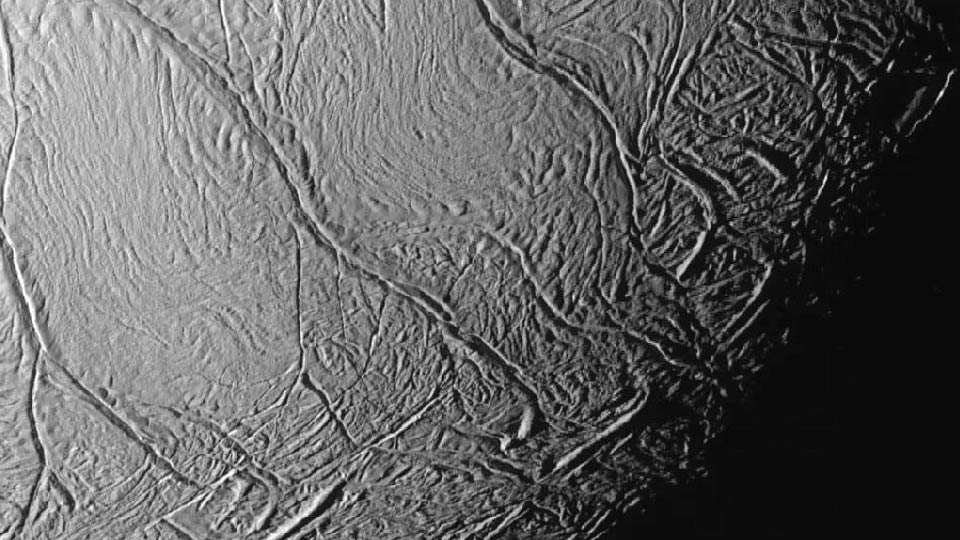Remote Sensing, Vol. 15, Pages 5411: Improving the STARFM Fusion Method for Downscaling the SSEBOP Evapotranspiration Product from 1 km to 30 m in an Arid Area in China
Remote Sensing doi: 10.3390/rs15225411
Authors: Jingjing Sun Wen Wang Xiaogang Wang Luca Brocca
Continuous evapotranspiration (ET) data with high spatial resolution are crucial for water resources management in irrigated agricultural areas in arid regions. Many global ET products are available now but with a coarse spatial resolution. Spatial-temporal fusion methods, such as the spatial and temporal adaptive reflectance fusion model (STARFM), can help to downscale coarse spatial resolution ET products. In this paper, the STARFM model is improved by incorporating the temperature vegetation dryness index (TVDI) into the data fusion process, and we propose a spatial and temporal adaptive evapotranspiration downscaling method (STAEDM). The modified method STAEDM was applied to the 1 km SSEBOP ET product to derive a downscaled 30 m ET for irrigated agricultural fields of Northwest China. The STAEDM exhibits a significant improvement compared to the original STARFM method for downscaling SSEBOP ET on Landsat-unavailable dates, with an increase in the squared correlation coefficients (r2) from 0.68 to 0.77 and a decrease in the root mean square error (RMSE) from 10.28 mm/10 d to 8.48 mm/10 d. The ET based on the STAEDM additionally preserves more spatial details than STARFM for heterogeneous agricultural fields and can better capture the ET seasonal dynamics. The STAEDM ET can better capture the temporal variation of 10-day ET during the whole crop growing season than SSEBOP.

 5 months ago
22
5 months ago
22


